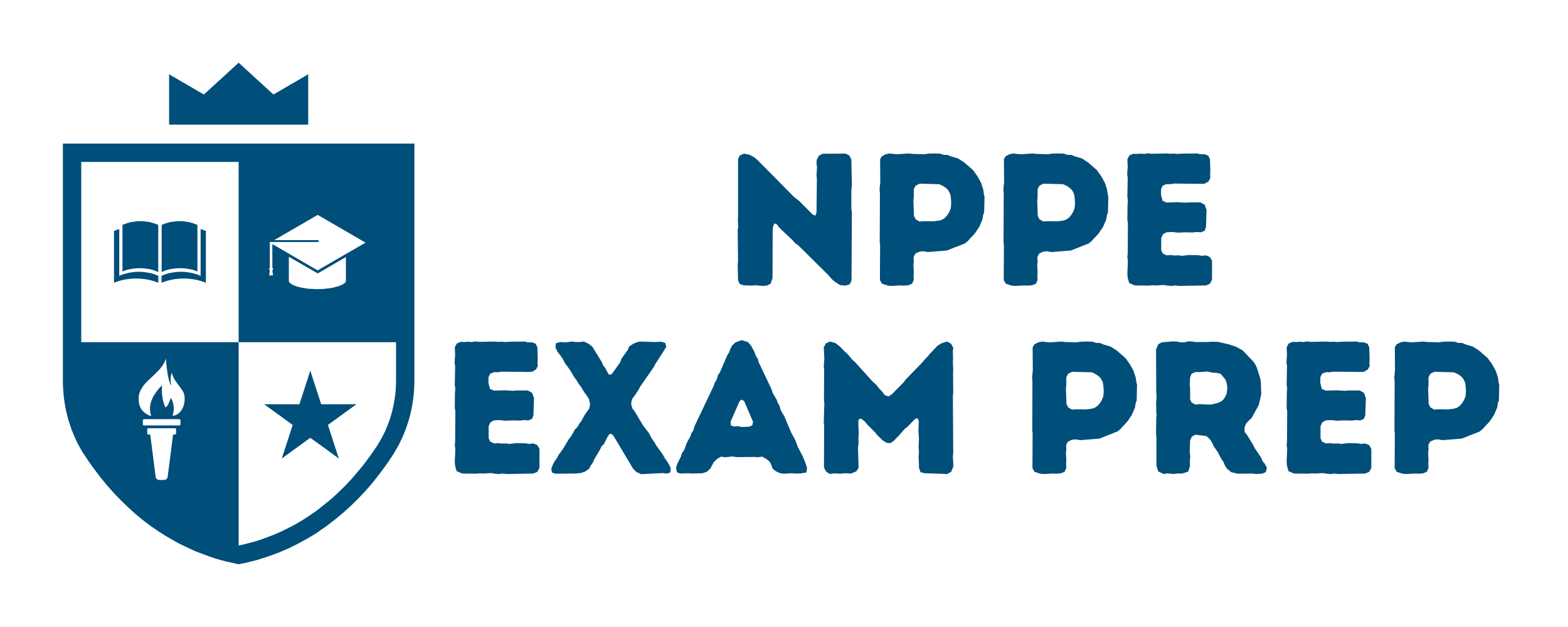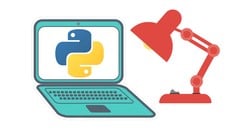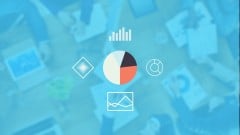Web development is an exciting and rewarding career path that allows individuals to build websites, applications, and digital solutions. Whether you’re interested in front-end, back-end, or full-stack development, starting your journey can feel overwhelming due to the vast number of technologies and tools available. This guide will break down the essential steps to help beginners get started with web development.
Understanding Web Development Basics
Web development consists of three main areas:
- Front-end Development – Focuses on the visual aspects of a website that users interact with (HTML, CSS, JavaScript).
- Back-end Development – Involves server-side logic, databases, and APIs to process requests and manage data (Python, Node.js, PHP).
- Full-stack Development – Combines both front-end and back-end skills.
Understanding these distinctions will help you decide which path to follow.
2. Learning HTML, CSS, and JavaScript
Every web developer must learn the three core technologies of the web:
- HTML (HyperText Markup Language) – The backbone of any webpage, structuring content using elements like headings, paragraphs, and images.
- CSS (Cascading Style Sheets) – Used to style and format web pages, making them visually appealing.
- JavaScript – A programming language that enables interactive elements such as sliders, buttons, and forms.
Mastering these three languages will provide a strong foundation for front-end development.
3. Exploring Front-end Frameworks & Libraries
To speed up development and enhance design, beginners should explore frameworks and libraries such as:
- Bootstrap – A popular CSS framework for responsive design.
- React.js – A powerful JavaScript library for building dynamic user interfaces.
- Vue.js & Angular – Alternatives to React that help manage complex web applications.





